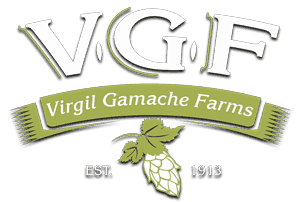

The Current Generation
Albert’s Dry Hopped Seltzer shares our favorite part of the Virgil Gamache Farms (VGF) hop harvest. As farmers, we are fortunate to witness hops in their raw state, influenced only by soil, water, weather, and ripeness. We created this beverage to reflect the vibrancy and subtle nuances of hops we get to enjoy during the kilning and cooling processes at harvest.
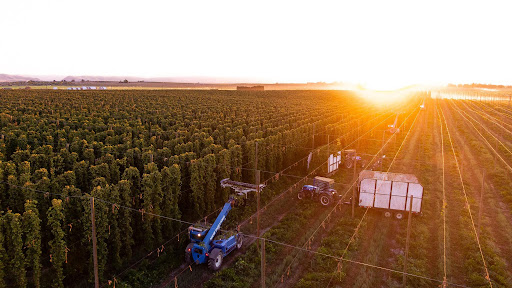

Our recipe design started by including like-minded individuals from across the farm, adding their unique talents to the team; talents that ranged from years of hop quality control experience, tasting and sensory panel experience, and brewing expertise.
We experimented with different hop combinations, trying to tease out the flavor profile that tastes like hop harvest. Through extensive trial and error, we eventually discovered a blend that captured the vibrant, layered character we craved. We then embarked on a long search for a yeast strain capable of transforming hop compounds into something truly expressive. With time, patience, and a lot of taste testing, the result is a non-alcoholic beverage that we feel delivers the full spectrum of hop flavor and aroma—bright, complex, and unmistakably true to the plants.
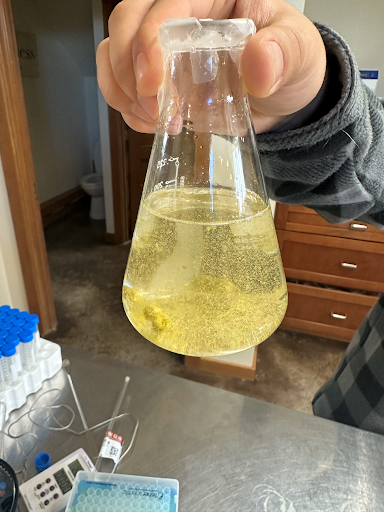
Why do we call it Albert’s?
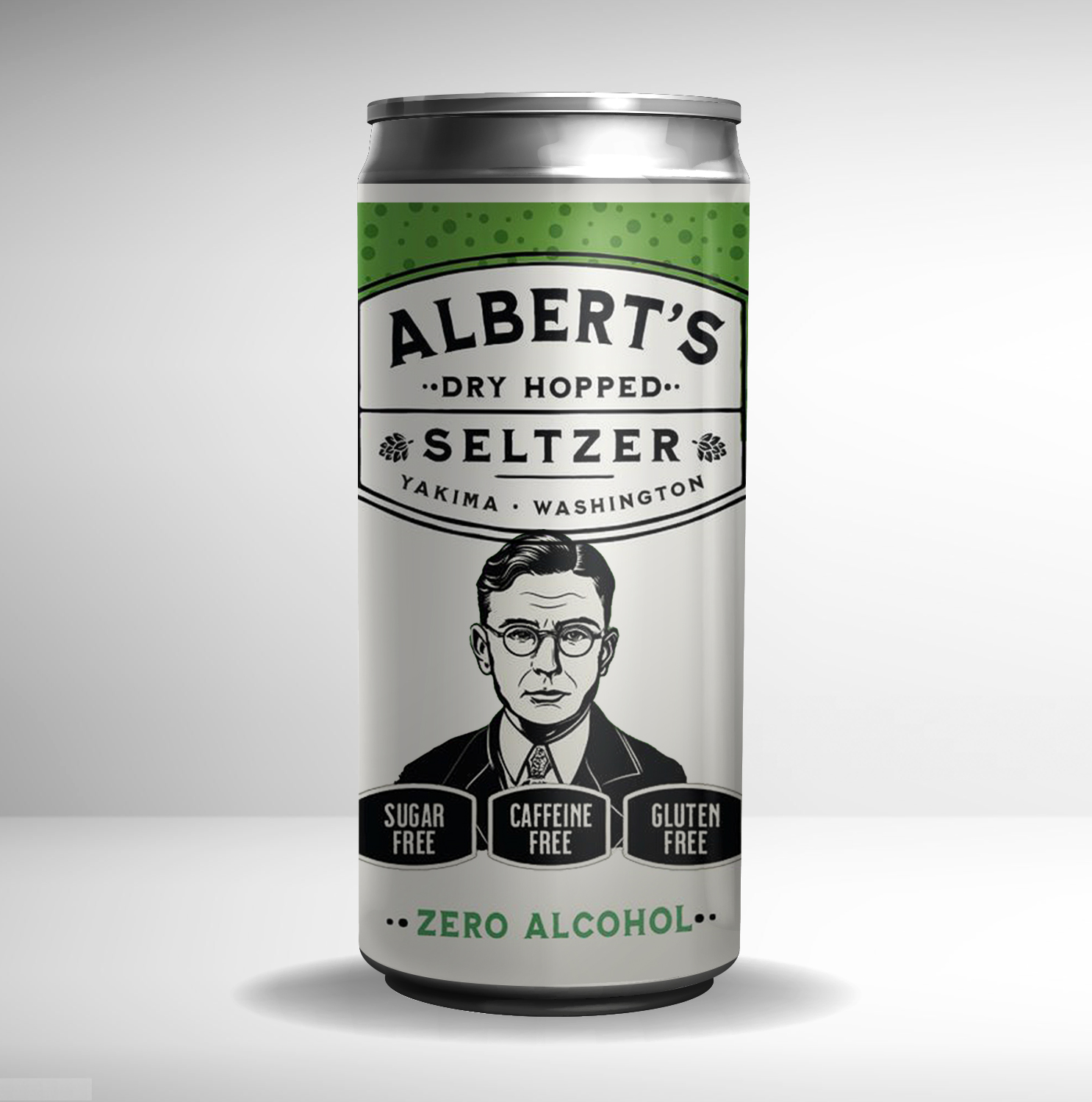
Our hop-infused beverage was named after Albert Gamache, who founded the farm in 1913. Albert planted his first hop fields in 1932 in response to the repeal of Prohibition. Albert was quoted in the local newspaper as wanting to “see a 5-cent glass of beer on every table.” Ironically, ninety years later, his great-grandsons have created a seltzer with 5 cents of hops in every can.
Serving Suggestions and Tasting Notes
From the can: best served between 40-50°F. Initial notes of citrus and floral, and as you drink from the can, the flavor and aroma compounds become more prominent with headspace and they open up into bright citrus and stone fruit often described as apricot or peach.
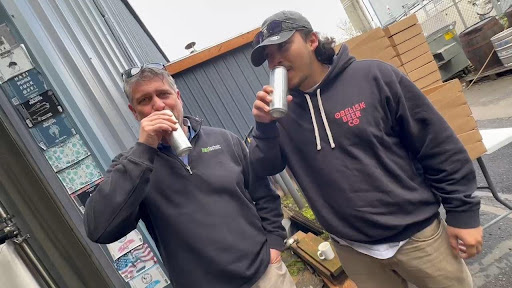

In a glass: best when poured into a chilled pilsner glass to focus the aroma notes of honeysuckle and lemon on the nose. As you drink, you’ll experience the apricot, red beer and floral notes from the hops.
As a mixer: Frankly, we are purists and never really got this far, however we can think of numerous ways we would experiment with the product. Bottom line, have fun with it, and enjoy the hop expression.
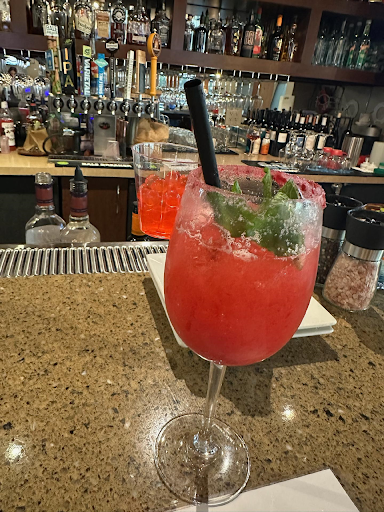
Fun Facts
Albert’s Dry Hopped Seltzer hop recipe is utilizes the same technology that drives the commercial HopTechnic® Harvest Program.

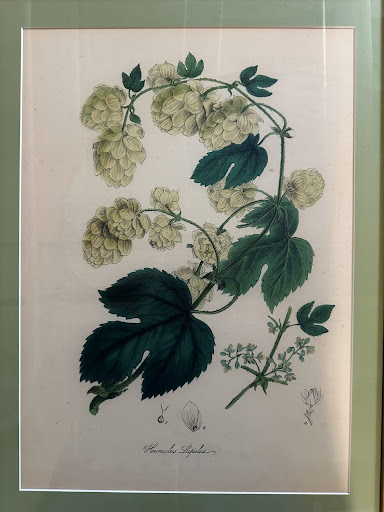
https://www.barthhaas.com/ressources/blog/blog-article/hops-as-a-medicinal-plant
Hops have been used in traditional medicine for over 500 years. Hops have been found to have a variety of bioactive compounds from phytoestrogens to antioxidants, which have been studied for their relation to human health.